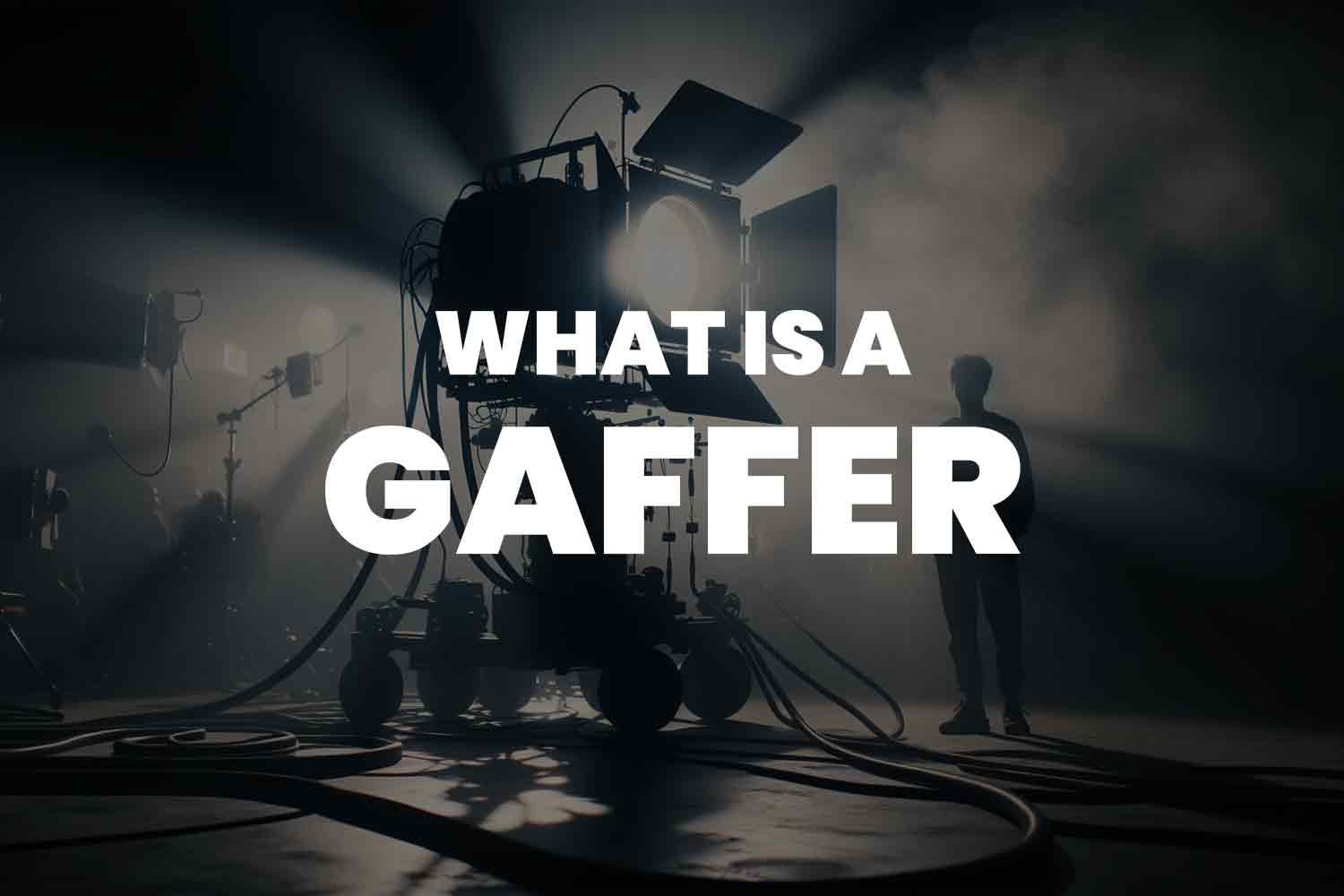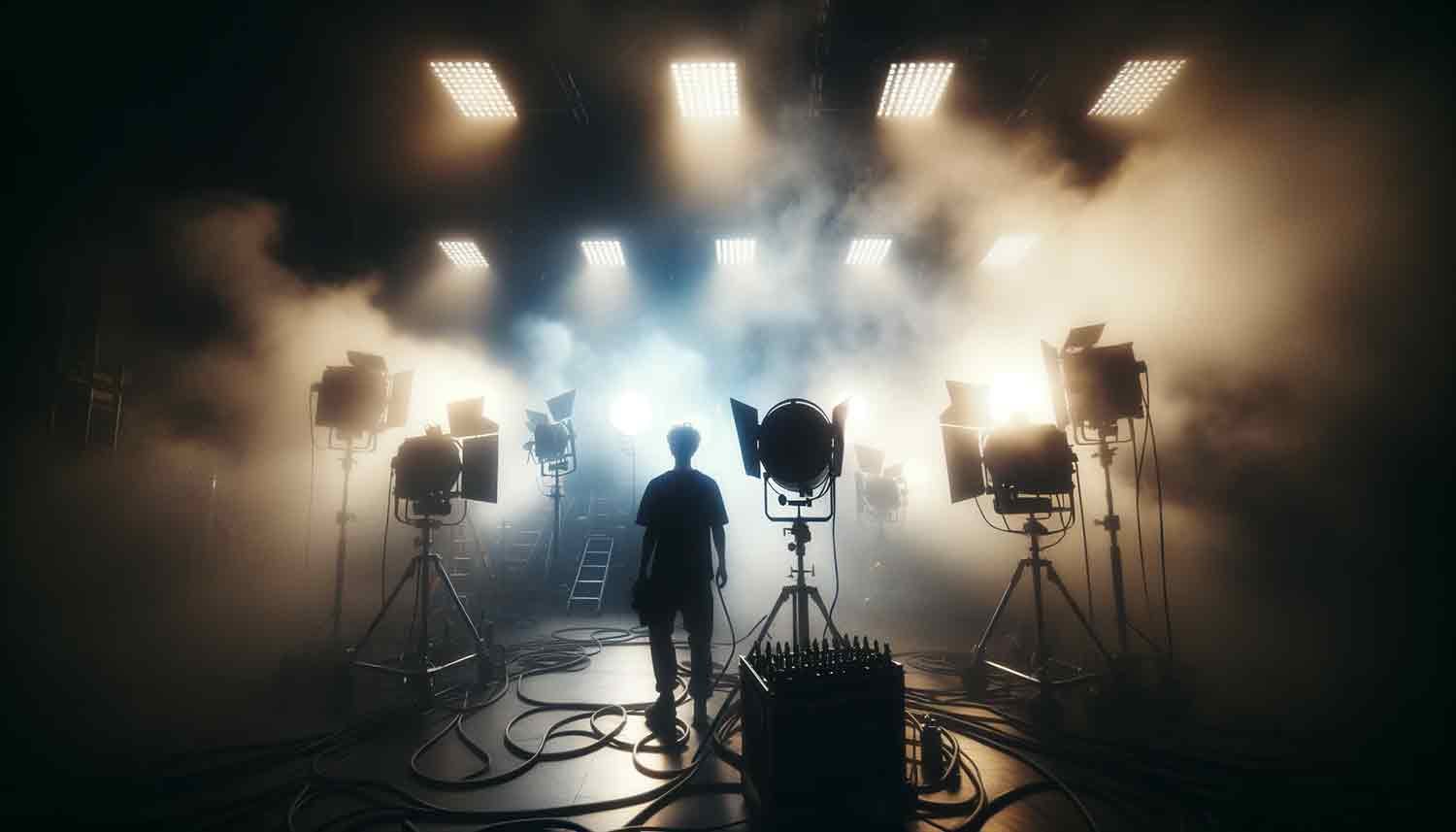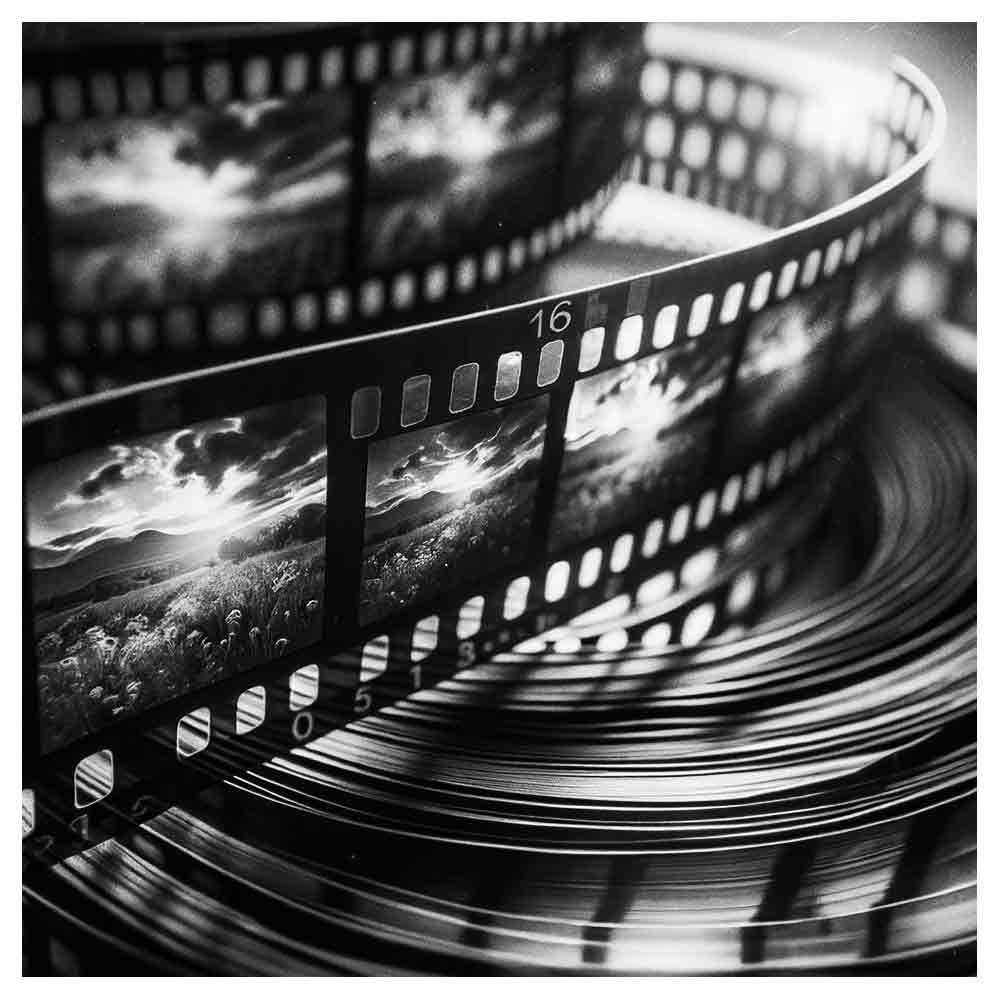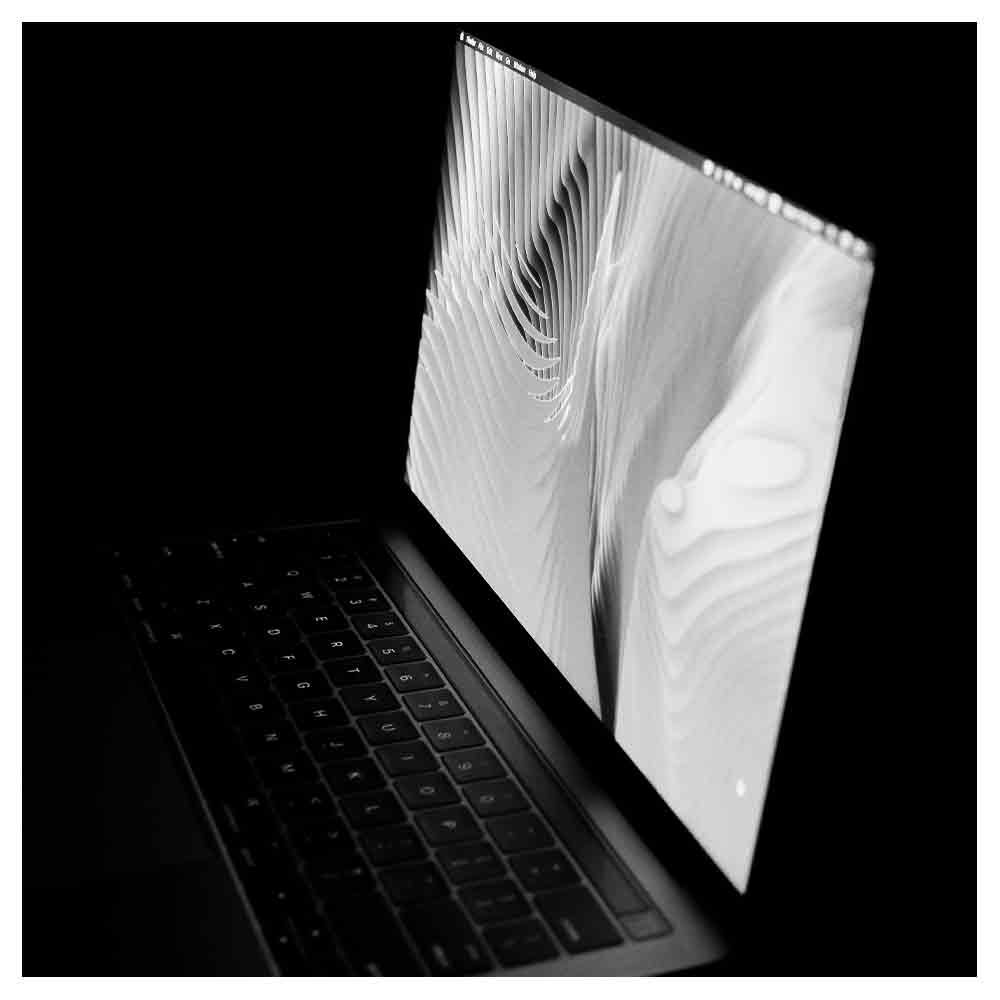What is a Gaffer? The Master of Lights on Set
Have you ever sat through the rolling credits of a movie or television show and wondered, "What is a gaffer?"
If you've blinked, you might have missed it amidst the sea of names. Yet, this role is as pivotal to a film production as a conductor is to an orchestra.
So, let's shine a light on this vital player in the film industry.
What is a gaffer?
A gaffer, also known as the chief lighting technician, is the head of the lighting department. They collaborate closely with the director of photography to design the lighting plan that will create the desired lighting effects for each scene.
Key Roles and Responsibilities of a gaffer
Lighting Design: Crafting the lighting that transforms a film set into a visual story.
Power Management: Overseeing power distribution and ensuring the electricity needed for the set is managed safely.
Crew Leadership: Heading a team of lighting technicians, including the best boy and lamp operators.
Equipment Mastery: Managing electrical and non-electrical lighting equipment, from lighting rigs to gaffer tape.
Behind the Scenes
Pre-Production: Before the cameras roll, the gaffer works on developing a lighting plan that meets the lighting requirements of the project.
On Set: During filming, the gaffer is in command of setting up lighting instruments, running cables, and handling rigging needs precisely.
Post Production: Even after shooting, the gaffer may adjust lighting during editing to ensure consistency.
Tools of the Trade
Stage Lights: The stars of the show who illuminate the actors and set.
Gaffer Tape: A staple in any gaffer's toolkit, essential for securing cables and equipment.
Hooked Metal Pole: A unique tool that helps adjust the direction and position of overhead lights.
Light Sources: The variety of bulbs and lamps that create everything from a soft glow to dramatic shadows.
Collaboration and Hierarchy
The gaffer is often second in command to the cinematographer, playing a vital role in the visual storytelling.
They also work alongside other department heads, such as the key grip, who manages the grip department specializing in camera movement and support.
How to become a gaffer?
To become a gaffer, one must master various tasks beyond simply lighting a scene. They must understand the nuances of the production process, from pre-production to the final cut, and how to manage a production set effectively.
Many gaffers start their journey in film school or climb the ranks through hands-on experience on a production set.
Their job title might begin as a gaffer's assistant and evolve into chief electrician as they gain electrical knowledge and experience in handling lighting instruments.
In Conclusion
A gaffer's job is complex, requiring both creative and technical prowess. They are the unseen artists painting with lights and shadows, often leaving a lasting impact on the feature films we love.
So next time you watch a film, remember the gaffer, who has intricately woven the visual tapestry before you, making every motion picture production a bit more magical.
Frequently Asked Questions About A Gaffer (FAQs)
What does a gaffer do in film?
A gaffer, also known as the chief lighting technician, is the mastermind behind the lighting of a film.
They work closely with the director of photography to design and execute a lighting plan that brings the right atmosphere and tone to each shot.
From rigging up light sources to managing power distribution, a gaffer's role is pivotal in creating a film's visual aesthetic.
What is the difference between a grip and a gaffer?
Although both are crucial to the lighting and rigging departments, a gaffer focuses on the electrical aspect of lighting, while a grip is in charge of the physical equipment that supports cameras and lighting.
The gaffer is the head of the lighting and power department, and the key grip is the head of the grip department, which specializes in non-electrical components.
Why are they called a gaffer?
The term "gaffer" has its roots in old English slang for "grandfather," but in the film industry, it's thought to refer to the "gaff" – a hooked pole used to adjust stage lights. Over time, the head electrician in charge of the lighting crew adopted the title.
Can a woman be a gaffer?
Absolutely! The role of a gaffer is open to anyone with the skill, passion, and electrical expertise, regardless of gender. Women are increasingly leading the charge in lighting departments across the film industry.
Do gaffers make good money?
Yes, gaffers can earn a lucrative salary, especially if they work on big-budget films or in regions with high production rates. Their pay reflects their significant responsibility and the expertise required to manage a film set's electrical equipment and lighting needs.
Is it hard to be a gaffer?
Being a gaffer is both physically and mentally challenging. It requires a deep understanding of electrical knowledge, lighting instruments, and creative collaboration.
The job often involves long hours and solving complex problems on the fly, but for many, the satisfaction of the role outweighs the challenges.
Can a gaffer also be a grip?
While a gaffer could potentially have the skills to work as a grip, the roles are usually distinct. Each job requires specialized knowledge and focuses on different aspects of film production.
However, understanding both positions can be beneficial for career advancement.
What is the head gaffer called?
The head gaffer is known as the "Gaffer." They are the chief lighting technician and the main point of contact for all lighting-related matters on a film or television set.
What is a best boy in film?
The "best boy" is the second in command to either the gaffer or the key grip. There are two types: "best boy electric," which assists the gaffer, and "best boy grip," which assists the key grip.
They handle scheduling, rental equipment, and managing the respective crews.
What is the difference between Best Boy and Spark?
"Best boy" refers to the gaffer's or key grip's right hand, whereas "spark" is another name for an electrician or lighting technician under the gaffer's supervision.
The spark deals directly with setting up and controlling lighting under the guidance of the gaffer and Best Boy Electric.
































